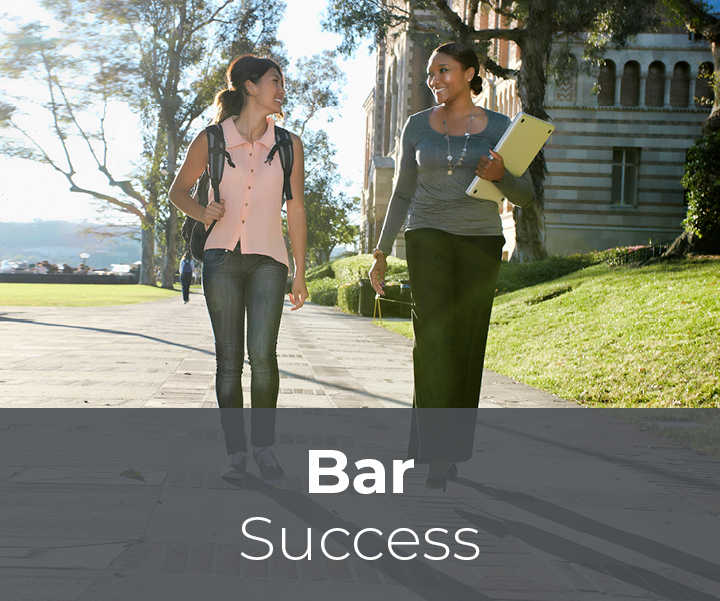
The Impact of Diversity and Inclusion in Law School
Building Bridges: How Law Schools Can Better Prepare Students from Historically Underserved Communities to Excel in Law School
Document Type
Law Review Article
Publication Date
2020
Keywords
diverse campus environment, campus climate, curriculum diversity, faculty diversity
Abstract
Over decades of teaching, we have witnessed many students struggle to navigate law school successfully. And like all law school professors, we must acknowledge that we often don’t know what we don’t know; many students do not reveal the reasons they feel unprepared, overwhelmed, or lost. They may not even know themselves. Our experiences with struggling students made us think long and hard as to how law schools can help students—especially those left underprepared for law school by their formal education and personal experiences—succeed as students and attorneys. While most education literature reports on such students in early-childhood, primary, and secondary education, less attention is devoted to addressing these issues in professional schools such as law school.
Students from historically underserved communities face significant barriers to academic achievement in law school, which ultimately impact their academic and thus professional success. While many law schools have made strides to lower these barriers, much remains to be done. In 1975, only one in four law students were women and fewer than one in ten were members of a “racial minority.” By 2019, 54% of first-year law students were women and 31% of first-year law students were members of a “minority.” Moreover, many law schools now attempt to be “kinder and gentler place(s)” by “humanizing” legal education to help students fear their classmates and classes less.
Despite these strides, students continue to struggle in the law school environment. Although no single characteristic defines those students who may need more assistance than their classmates, terms such as at-risk, vulnerabledisenfranchised, and disadvantaged predominate the literature. These terms are problematic, as they grossly generalize and stigmatize students. Using these adjectives mistakenly overemphasizes common situations instead of focusing on the students themselves. Thus, this article discusses the needs of law students whose circumstances—including but not limited to economic status, race, nationality, sexual orientation, gender identity, and/or educational background—disadvantage them in relation to their classmates whose privileged environment better prepared them for law school.
This article first discusses factors that affect academic performance at law school. Second, it illustrates prelaw school and law school programs that target the needs of students from historically underserved communities. Finally, this article proposes ways law school faculty and administration can help these students succeed in law school and in their careers.



